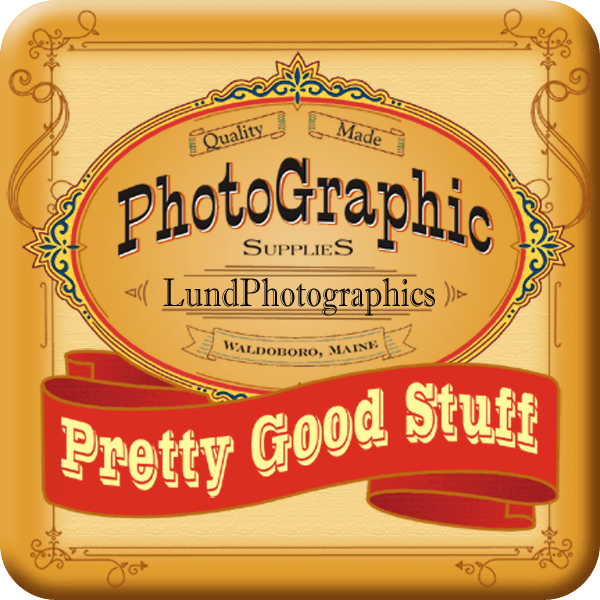Workshops
In this wet plate collodion workshop led by Lisa Elmaleh, discover the captivating art of crafting tintypes, ambrotypes, and glass negatives through an engaging hands-on experience.
There are no available registration dates at this time.
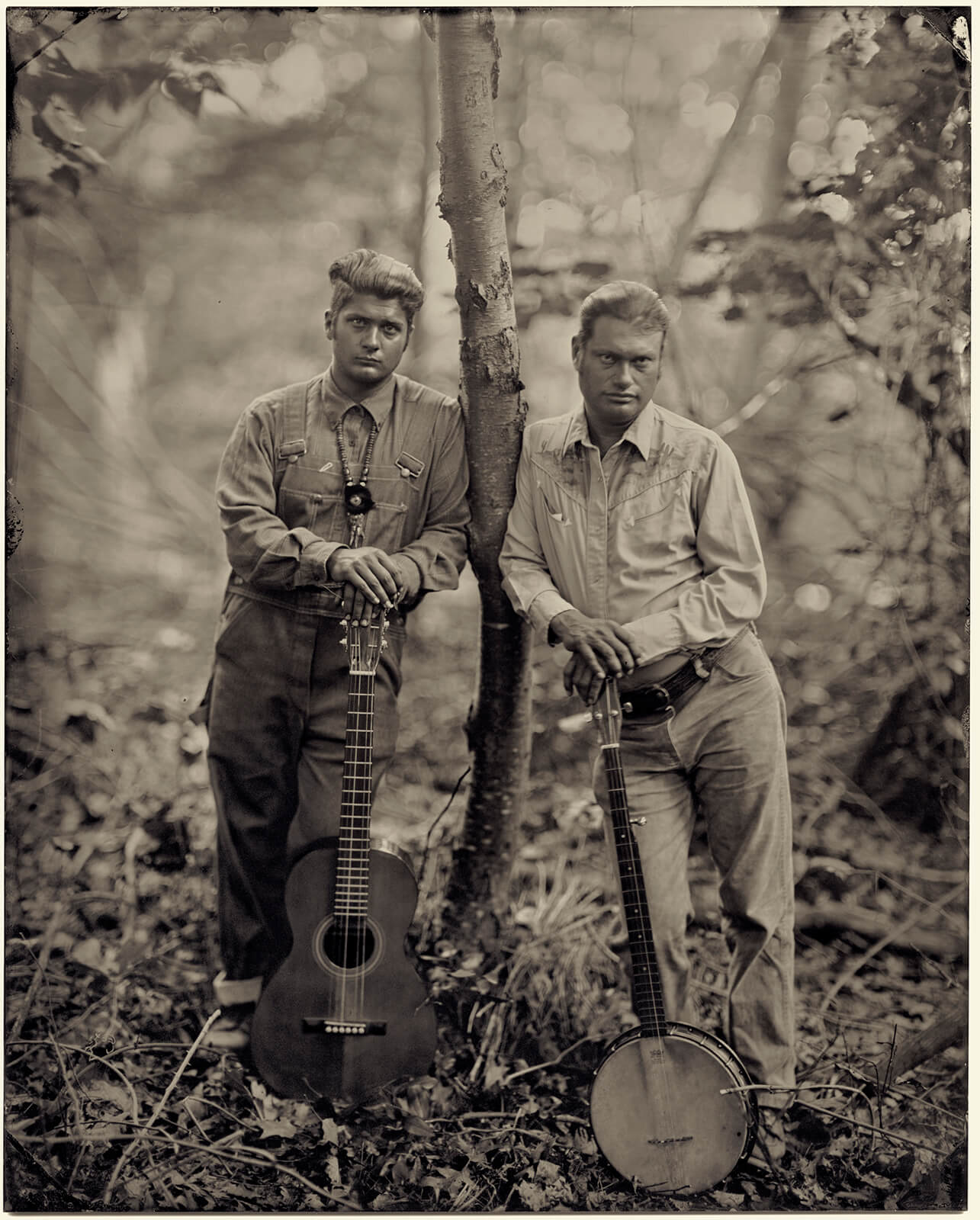
This class will teach students how to create tintypes (positives on tin), ambrotypes (positives on glass), and glass negatives utilizing your vision, chemistry, and a darkroom. Guided by award-winning photographer Lisa Elmaleh, students will learn to properly expose and develop plates, mix chemistry safely, and prepare glass. Each student will work one-on-one with the instructor in the darkroom. All images will be made using large format cameras outside.
The goals of this class will be twofold: to learn the process of wet plate, and to put together a cohesive body of work during the week. Experimentation will be encouraged!
There is no prior wet plate collodion experience required—all are welcome. For intermediate and advanced collodion practitioners, this course will be an opportunity to dive into a body of work and improve technique.
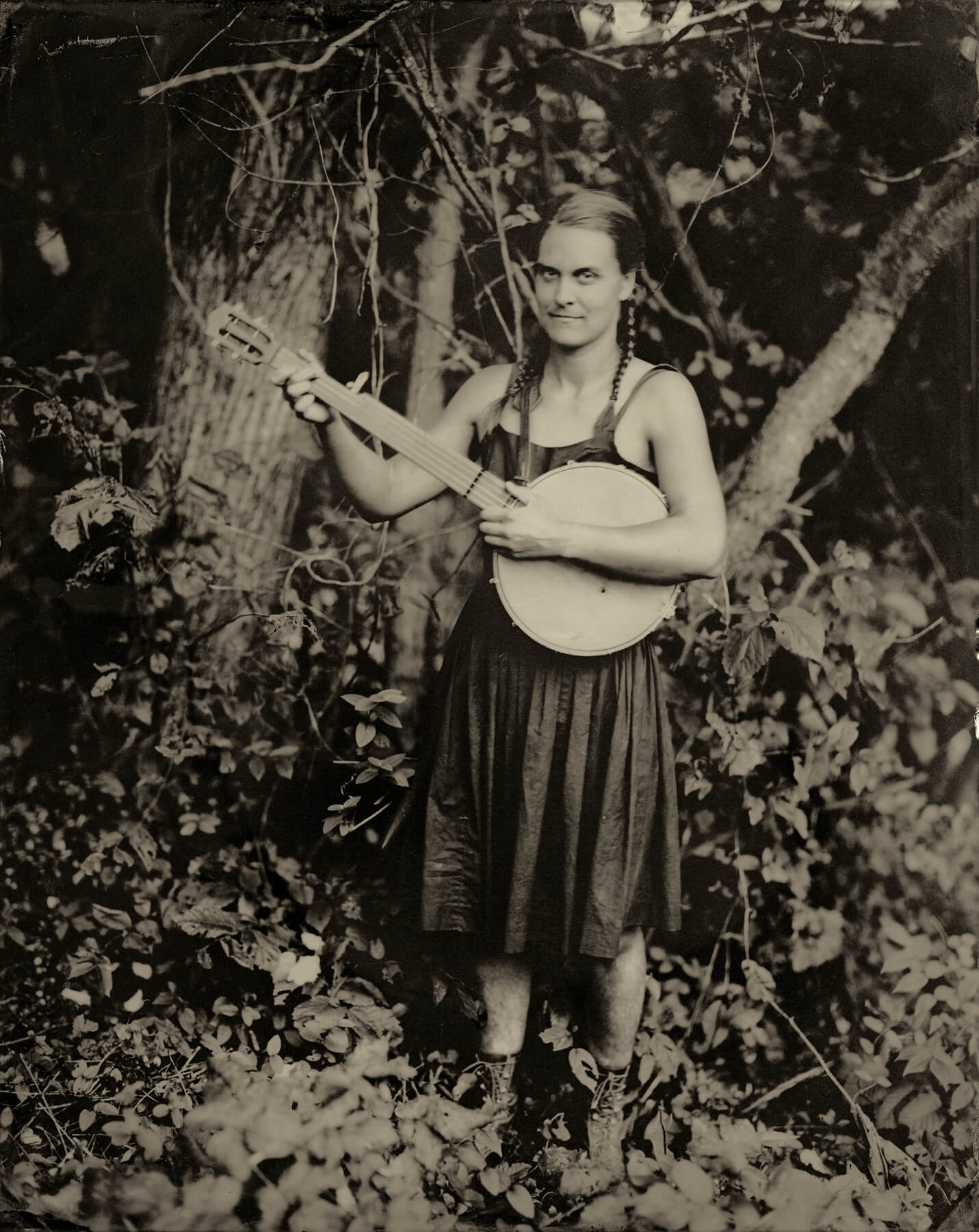
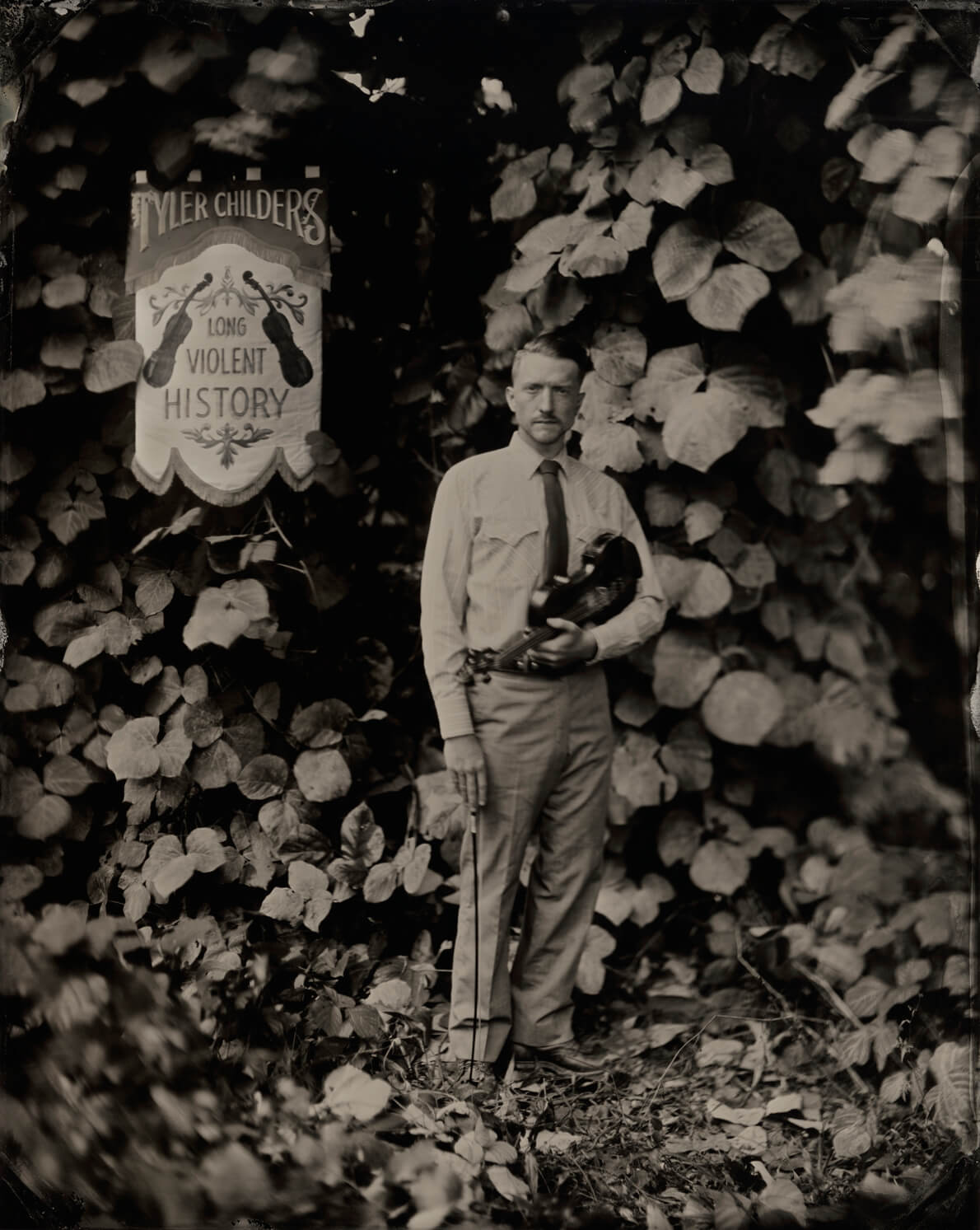
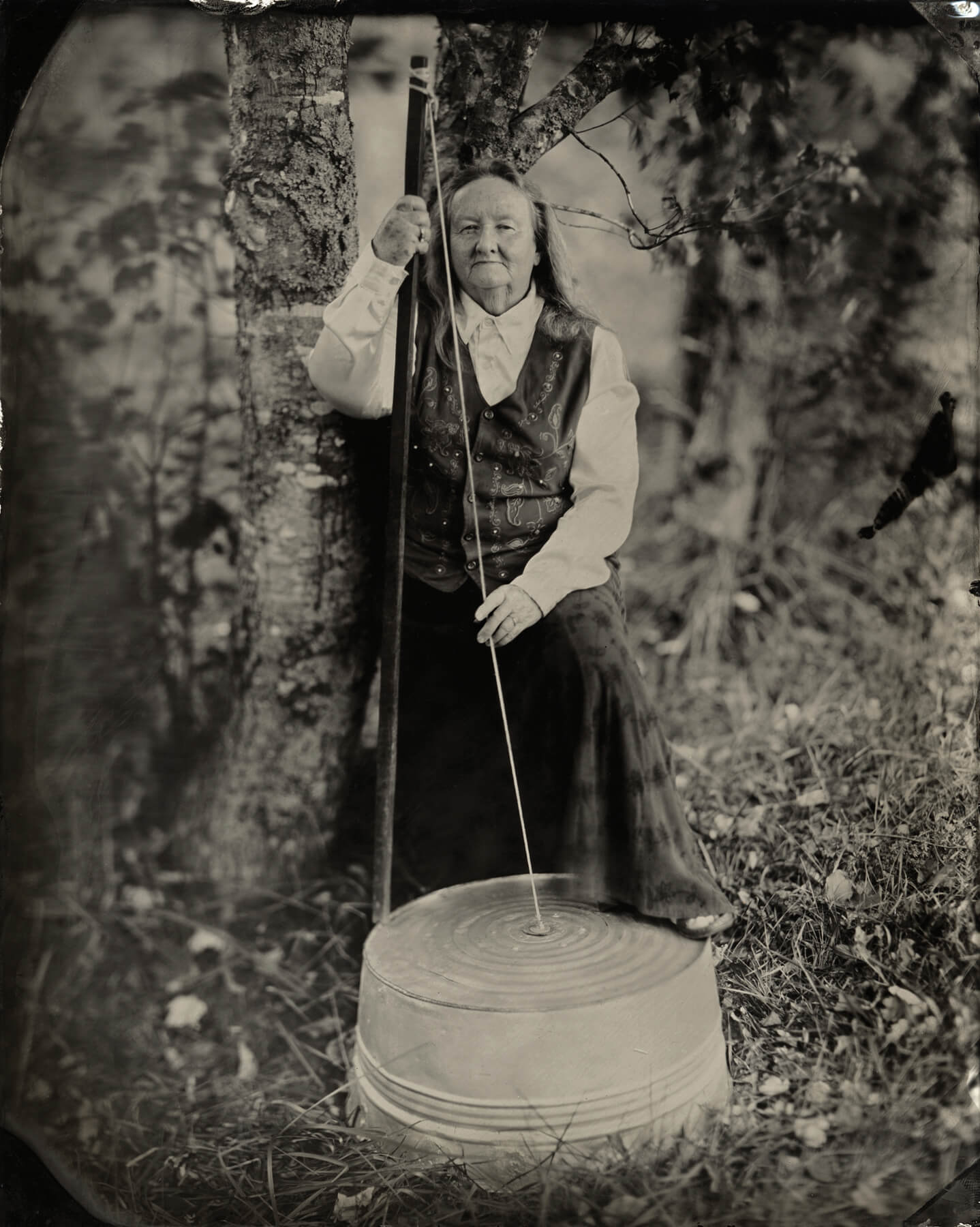
There will be a field trip in which a portable darkroom will be used, as an example of how to take wet plate on the road. The “darkroom” in this case is a pot-growing tent outfitted with a dark cloth, utilized for chemical sensitizing and processing.
Students should bring their own 4″x5″ field camera, lens, tripod, and dark cloth. All other materials and chemistry will be provided.
This is an intensive process that can be physically demanding at times. There will be a lot of standing, and walking with large format cameras.
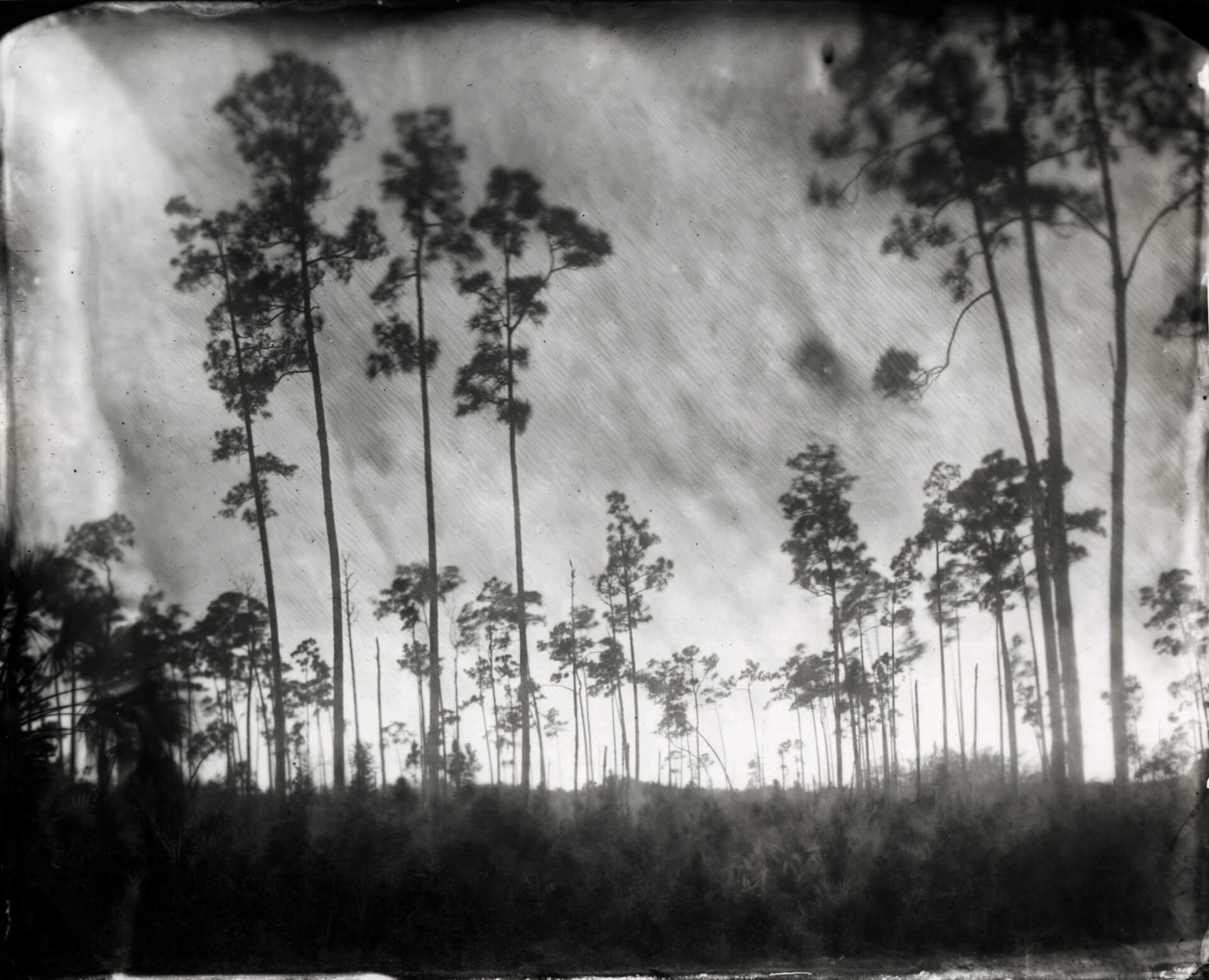
About Wet Plate Collodion Photography
Wet Plate Collodion Photography is a process that utilizes chemistry to create an image from scratch on metal or glass. The photographer is in charge of creating their image, by hand, from start to finish. Positives on metal, or tintype photographs, as they are more commonly known, are familiar – much of your civil war era portraits, up until the early 1900s, utilized this process in its creation. Many contemporary photographers utilize this process today as a conversation with the past. This process is responsible for many historic negatives on glass, as well – photographers like William Henry Jackson, Julia Margaret Cameron, Gustave LeGrey, and Lady Clementina Hawarden all utilized wet plate collodion for their glass negative work. Tintypes and ambrotypes can frequently be found in antique stores and flea markets.
If interested, we recommend this true 4×5 wet plate back from Niles Lund of Lund Photographics.
This Workshop is Sponsored by:
LundPhotographics is a leading producer and designer of high quality, hand crafted photographic gear made specifically for the wet plate collodion photographer. Built by collodion photographers for collodion photographers, our innovative, original designs make the process of wet plate photography easy, reliable, and efficient, allowing you to focus your attention on creating spectacular photographs. Visit LundPhotographics.com to learn more.
Niles Lund will be present for a portion of this workshop. He will assist with wet plate equipment needs and questions and is an excellent practitioner of the process.
All images copyright Lisa Elmaleh.
Share This
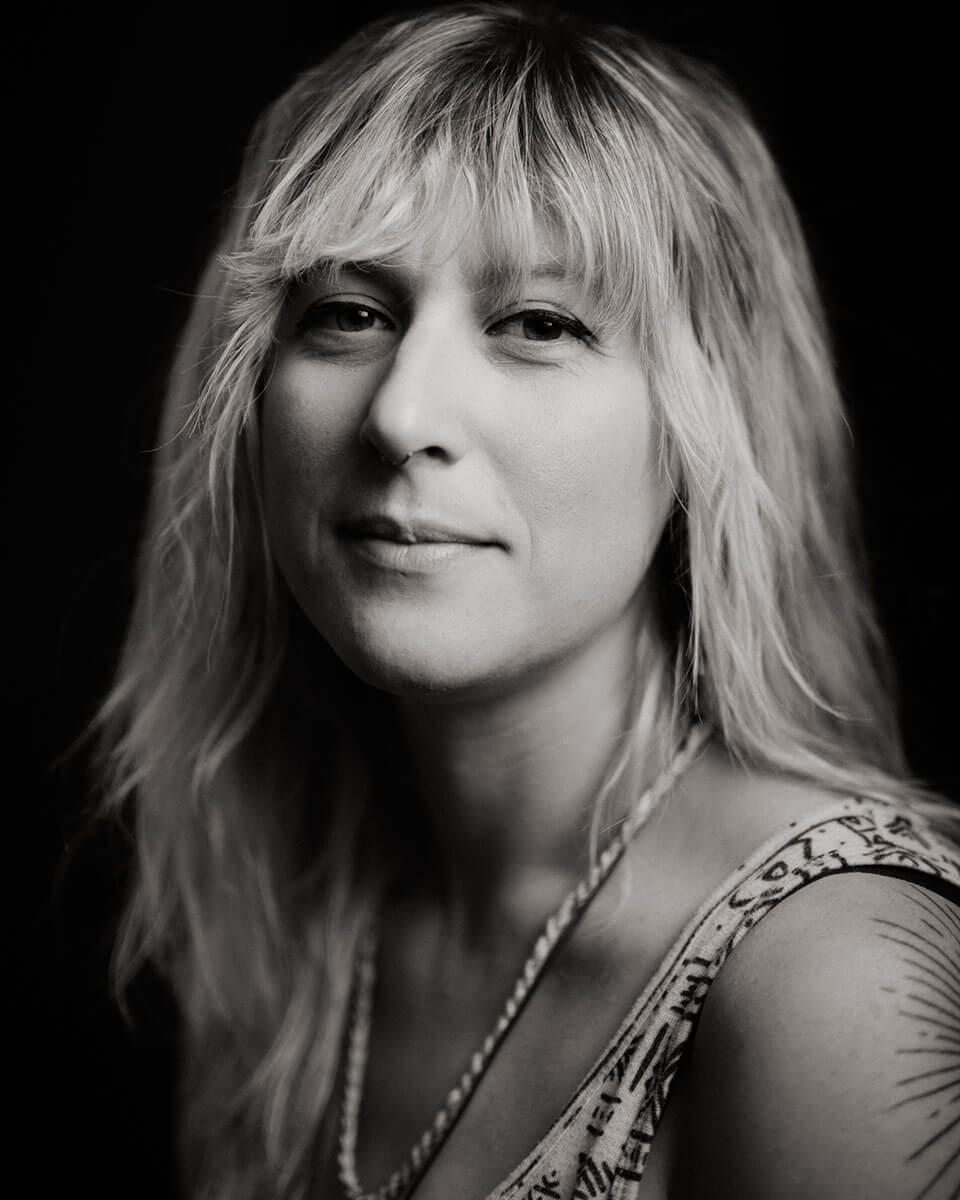
Instructor: Lisa Elmaleh
Lisa Elmaleh is an American visual artist, educator, and documentarian based in Hampshire County, West Virginia. She specializes in large-format work in tintype, glass negative, and celluloid film. Since 2007, she has been traveling across the US documenting American landscapes, life, and culture.
Elmaleh's work has been exhibited nationwide and recognized by the Aaron Siskind Foundation, Puffin Foundation, The Tierney Foundation, amongst others. Her work has been published by Harper's Magazine, Smithsonian Magazine, CNN, The New York Times, National Geographic, Oxford American, Garden & Gun, and NPR, amongst others.


